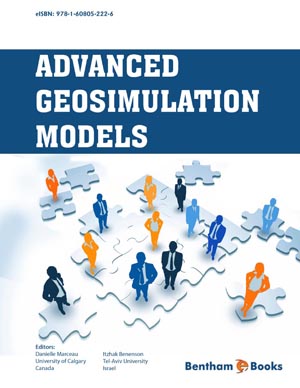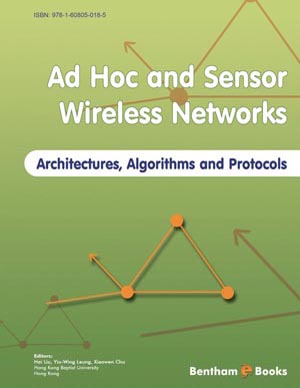Abstract
Geosimulation is a rapidly growing field of scientific investigation that involves the use of objectbased spatially-explicit models in order to understand, through simulation, the dynamics of complex, adaptive human-driven geographic systems. Grown on cellular automata and multi-agent systems, it is progressively evolving towards an integrated framework in which physical objects of the environment and animated agents, especially humans, are investigated in interaction with each other. Simulating humans and other animated agents acting and interacting within an evolving environment raises conceptual and methodological challenges. The first one is the adequate representation of geographic space through meaningful spatially located objects. The implementation of objects' flexible geometry, neighborhood relations, rules of objects movement and relocation, all in 3D virtual space and at different scales are among the recent advances that we discuss in the paper. The second challenge is the validation of Geosimulation models. This paper presents several recent qualitative and quantitative techniques, including the pattern-oriented approach that aims at reproducing patterns that can be observed in reality. It is followed by an overview of the content of the book in respect to the concepts and methods that address these two challenges. We conclude that collaboration among researchers for sharing datasets and comparing models is a critical step towards the credibility and operability of Geosimulation models


















